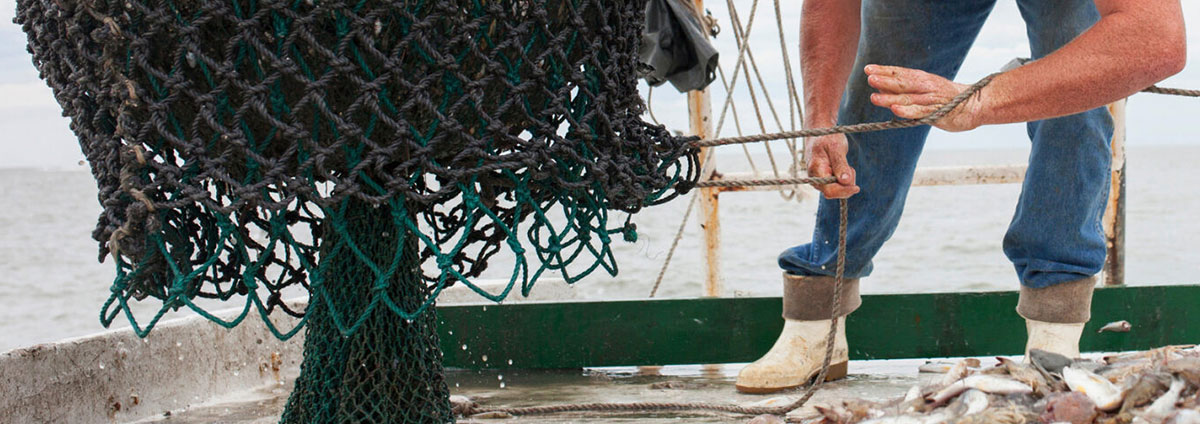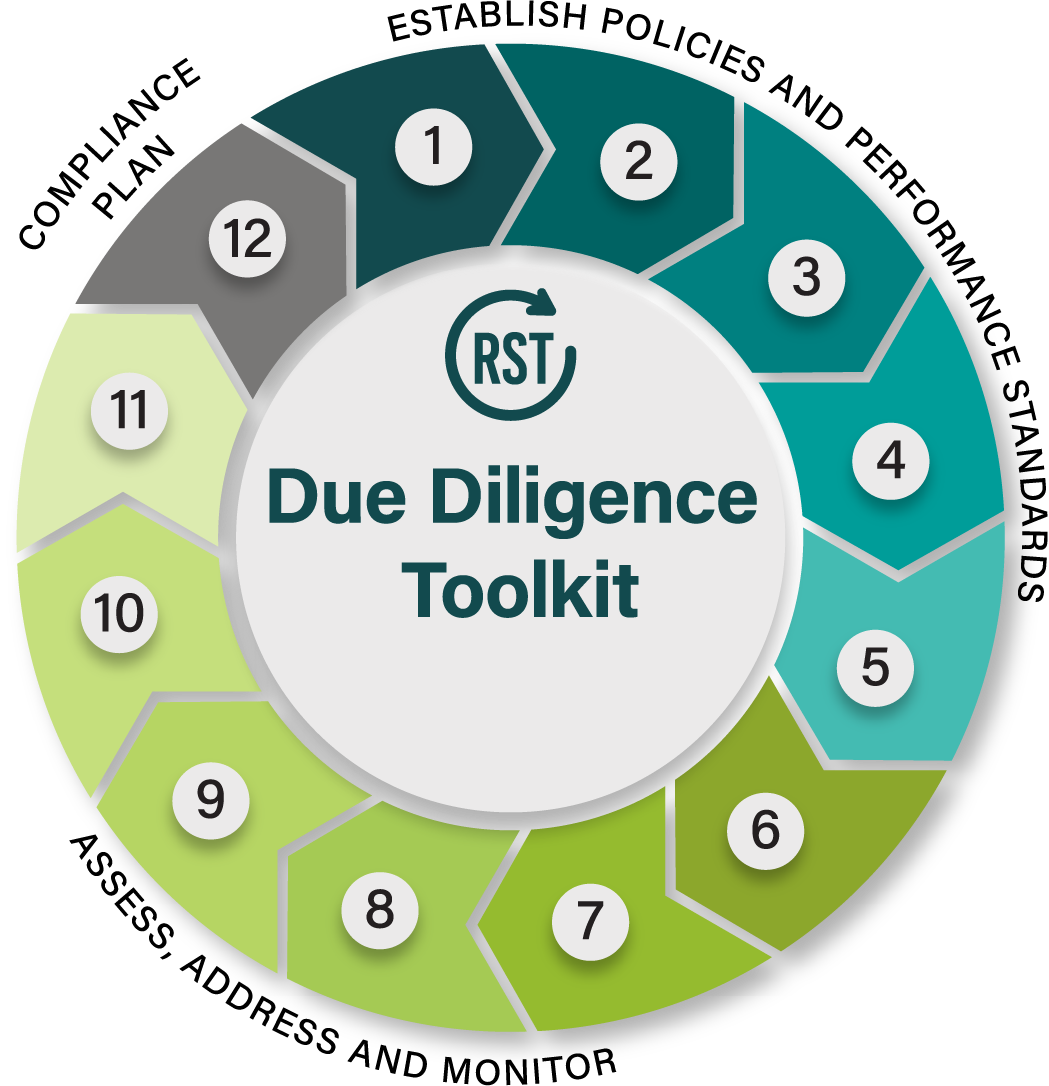Seafood Sector Toolset
Prevent and Address Forced Labor in Your Company’s Supply Chains

Introduction & Framing
The seafood sector is characterized by long, intricate supply chains extending to small, isolated aquafarms and large distant water vessels that may not return to port for years. With multiple layers of middlemen, and limited connectivity at sea, visibility to conditions for fishers is especially low. Fishers are often migrants, highly vulnerable to unethical recruitment, and have been known to be trapped at sea for months and even years.
Tool 1: Supply Chain Due Diligence Process
[View Tool 1]The underlying principles of a systems approach to combatting trafficking is based on a fundamental systems approach to risk management, known as ‘Identify, Evaluate, Control and Monitor.’
Tool 2: Code of Conduct
[View Tool 2]A supply chain Code of Conduct establishes basic performance expectations for subcontractors, suppliers and agents. It is important that your company sourcing policy or Code of Conduct explicitly prohibits human trafficking and sets out protections for workers.
Tool 3: Performance Benchmarks
[View Tool 3]Benchmarks are vital to demonstrate how anti-trafficking policies should be implemented. Clear performance indicators enable companies and others to evaluate whether genuine changes are made in the labor and recruitment practices of suppliers. The suggested benchmarks in this tools are aligned with relevant guidance from the International Labour Organization, particularly the Work in Fishing Convention (C188), which sets standards around issues such as health, safety, and medical care at sea as well as requirements for work agreements.
Tool 4: Country-Level Review of Legal Protections Against Human Trafficking
This tool describes how companies can undertake risk assessments at the level of country of production, port state, country of labor supply and specific supplier. It also provides suggestions for external resources that can be consulted.
Tool 5: Supplier Agreement
[View Tool 5]A formal record of commitment to anti-trafficking requirements from all suppliers throughout the entire supply chain is important to establish accountability expectations for all parties.
Tool 6: Supply Chain Mapping and Risk Assessment
[View Tool 6]By mapping their supply chain, seafood companies can identify their suppliers at all levels of production, including inputs of raw materials. The supply chain for each product will be unique, so supply chain mapping should be conducted on a product by product basis.
Tool 6.1 Data Gathering and Risk Assessment in Seafood Supply Chains
Tool 7: Criteria for Screening
[View Tool 7]This tool lays out criteria for screening individual labor agents based on their ability to comply with all applicable legal requirements and Code of Conduct standards for ethical recruitment.
Tool 8: Supplier Self-Assessment
[View Tool 8]An important part of a systems approach to preventing human trafficking is to assess current and prospective suppliers for potential risks, including the strengths and weaknesses of anti-trafficking systems in place.
Tool 9: Monitoring Labor Agent Performance
[View Tool 9]Once a labor agent is engaged, their performance must be monitored for ongoing compliance. This tool contains a set of criteria used for monitoring labor agents in supply chains.
Tool 10: Conducting Worker Interviews
[View Tool 10]All compliance efforts must put worker input at their core, including those related to monitoring the behavior of suppliers and labor recruiters. Careful attention is warranted in creating systems for gathering information from migrant workers through interviews and other mechanisms.
Tool 11: Worker Engagement
[View Tool 11]In development – coming soon!
Tool 12: FAR Compliance Plan
[View Tool 12]This tool is specifically intended for use by companies that need to demonstrate compliance with the requirements of the Federal Acquisition Regulation (FAR): Combating Trafficking in Persons and submit certification 52.222-56 set forward by 52.222-50(h) and 22.1703(c).
Seafood Toolset
Establish Policies and Performance Standards
Assess, Address and Monitor
Compliance Plan
Dive deeper into forced labor case studies, compliance, and more in our Resource Library.
